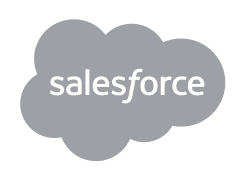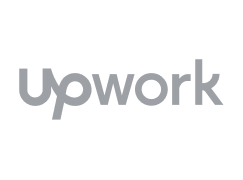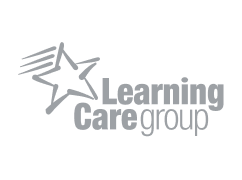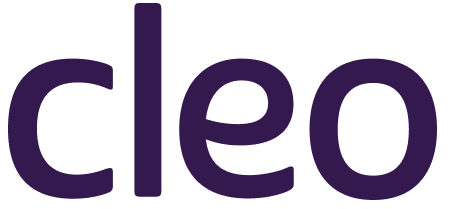DOWNLOAD WHITEPAPER
2022 Employee Benefits Insights and Predictions

To stay ahead of the game to win and retain talent, leading employers are rethinking how they can best support and nurture a healthy, productive workforce.
Pre-pandemic, there were signs of change such as increasingly equal access to parental leave—offered by nearly three-quarters of employers as of 2019—along with a rapid rise in access to caregiving leave, jumping from three to 27 percent in only two years.
The pandemic upended workplace norms and employee priorities, however, requiring employers to take a broader more inclusive approach to meet their needs. It has forced attention on the longstanding and growing needs of working families, igniting a rapid evolution of benefits.
Explore the trends and big ideas driving the current evolution of benefits:
- Understand caregivers as our greatest workforce asset
- Examine the impact of increased workplace flexibility
- Review the intersections of DE&I values with policy and benefits
The case for family benefits is clear

60%
of working parents experience burnout
Working parents are at particular risk of burnout. This can jeopardize their well-being, as well as performance, retention, and office morale
20%
of healthcare spending covers 5% of the workforce
20% of healthcare spending goes to new mothers and kids. Yet new moms make up only about 5% of a workforce. Avoidable, high-cost interventions are often the cause.
80%
of caregivers say productivity suffers
When a caregiver’s professional productivity is derailed, it can negatively impact coworkers, supervisors, and an office’s overall performance.
Companies trust Cleo to care for their working families





